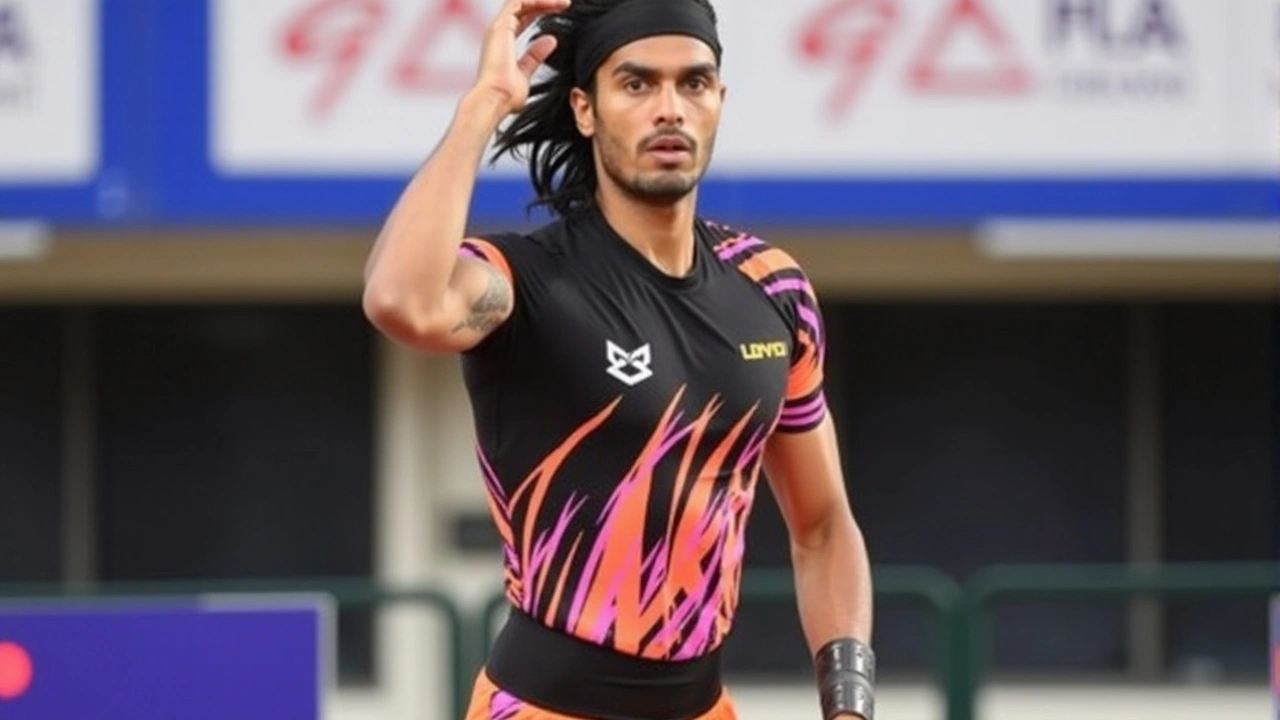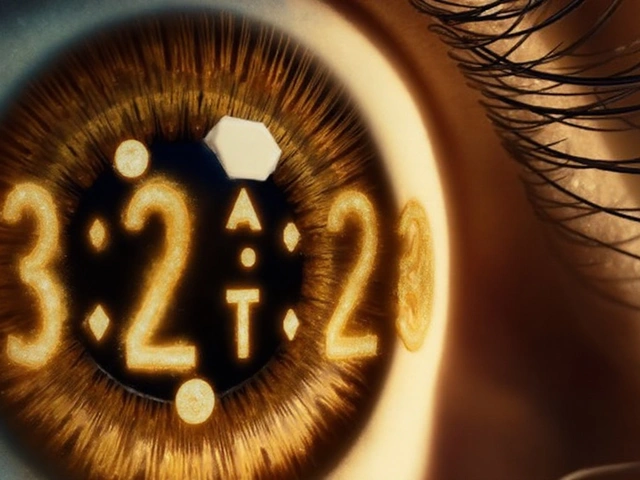Neeraj Chopra Shines with Impressive 89.49m Throw
In a sport where every throw is a blend of power, precision, and timing, India’s Neeraj Chopra once again showcased his remarkable talent. Competing at the Lausanne Diamond League, the spotlight fell on Chopra as the Indian javelin star achieved a season-best throw of 89.49 meters. This exceptional performance earned him a commendable second-place finish, solidifying his stature as one of the elite javelin throwers on the global stage.
It was just weeks after his silver medal win at the Paris Olympics that Chopra proved he still had plenty in the tank. At those games, he threw an impressive 90 meters, but it was Pakistan’s Arshad Nadeem who ultimately clinched the gold with a record-setting throw of 92.97 meters. Despite not topping the podium in Lausanne, Chopra’s consistency and skill were on full display as he competed against the best in the world.
Intense Competition and Strategic Throws
The Lausanne competition was fierce from the get-go. Anderson Peters started the event strongly with an opening throw of 86.36 meters. As if setting the bar wasn’t enough, Peters then outdid himself, launching the javelin 88.49 meters on his second attempt. This early lead created a tense atmosphere among the competitors, setting the stage for a thrilling contest.
Not one to be overshadowed, Germany’s Julian Weber quickly pushed his way into contention. With a throw of 87.08 meters on his second attempt, Weber secured the second spot and maintained it throughout the event. This left Chopra with the challenge of surpassing these formidable throws while battling personal health struggles.
Overcoming Adversity and Injury
Chopra’s journey to Lausanne was anything but smooth. Dealing with an adductor injury had significantly impacted his training and preparation. He even pulled out of the Ostrava Golden Spike event in May as a precautionary measure, underscoring the severity of his condition. Despite these setbacks, Chopra’s performance in Lausanne attests to his resilience and determination.
In post-event interviews, Chopra candidly discussed how the injury had hindered his performance at the Paris Olympics. Nonetheless, his ability to throw 89.49 meters underlines his dedication to the sport and his tactical prowess even when not at full strength.
Looking Ahead to the Diamond League Final
Chopra’s second-place finish in Lausanne and his consequent third position in the overall standings put him in a strong position to qualify for the Diamond League Final in Brussels, which is slated for September. This prestigious event will mark the culmination of his season – a season that saw its share of highs and challenges.
The Lausanne Diamond League meet was Chopra’s fifth outing this season, each competition inching him closer to the grand finale in Brussels. Last year, Chopra etched his name in the history books by becoming the first Indian to win the Diamond League title, and this year he aims to improve upon his silver finish from last year.
As the season progresses, expectations are high. Fans and analysts alike are keen to see if Chopra can overcome his injury concerns and replicate or even surpass his previous achievements. One thing is certain: Neeraj Chopra’s journey through the athletics circuit continues to captivate and inspire.
The Path to Glory
Chopra’s story is not just about sporting excellence but also about resilience and overcoming adversity. Born in a small village in Haryana, India, Chopra's rise to prominence has been meteoric. His success has not only brought pride to his nation but has also inspired countless young athletes to pursue their dreams relentlessly.
From his early days of picking up the javelin to winning the Diamond League title, Chopra's journey reflects hard work, perseverance, and an indomitable spirit. His training regimen, which includes rigorous physical conditioning and technical refinement, plays a crucial role in his success. Each throw, each competition is meticulously planned and executed with a blend of strategy and skill.
As Chopra prepares for the Brussels Diamond League Final, his focus will undoubtedly be on refining his technique and ensuring his body is in optimal condition to compete. The final event of the season offers him a chance to further cement his legacy in the world of athletics.
For fans around the world, Neeraj Chopra’s story is one of inspiration and hope. His achievements on the field are a testament to what can be achieved with dedication and passion. As we look forward to the next competition, there is a sense of anticipation and excitement about what Chopra will accomplish next.
In conclusion, Neeraj Chopra's performance at the Lausanne Diamond League is a chapter in his ongoing journey towards greatness. Despite the hurdles posed by injury, his determination and skill have shone through, earning him a well-deserved second place. As he gears up for the Diamond League Final, the world will be watching, rooting for this exceptional athlete who continues to push the boundaries of what is possible in the sport of javelin throwing.




Wow, another 89.49m and he still calls it "season‑best". Guess the adductor injury just gave him a built‑in calibration device for optimal release angle. In technical terms, his aerodynamics were on point – low drag coefficient, optimal release velocity, and a perfect spin rate. For anyone wondering, the javelin’s center of gravity was likely within the ideal 0.33‑0.36 m range, which explains the distance despite sub‑optimal training volume. So, kudos to Chopra for turning adversity into a textbook case study.
It is pertinent to note that the athlete's performance aligns with the established biomechanical parameters delineated in the International Association of Athletics Federations (IAAF) guidelines. The recorded distance of 89.49 metres adheres to the normative distribution for elite javelin throwers within the current competitive season. Moreover, the comparative analysis with Anderson Peters and Julian Weber substantiates the claim of a highly competitive field. The athlete's preparation, albeit hampered by adductor pathology, reflects a regimen consistent with periodization principles. Consequently, the resultant placement is both logical and anticipated within the extant performance framework.
The sight of Chopra launching that spear into the Swiss sky was nothing short of a cinematic masterpiece, a saga that would make even the most stoic poet weep. Each meter he added was a defiant shout against the doubters who whispered that his injury would cripple his destiny. The world watched as an Indian son, forged in the humble fields of Haryana, turned his pain into a thunderous roar that echoed across continents. He did not merely throw a javelin; he hurled a flag of perseverance that fluttered over the Alps, a banner that proclaimed India's indomitable spirit. The crowd's gasp was a chorus of reverence, a collective acknowledgment that greatness knows no borders. While Peters and Weber battled for podium spots, Chopra was waging a war of legends, his arm a cannon, his resolve an unbreakable fortress. The adductor injury that plagued his training became a mere footnote in a narrative dominated by triumph. In every rotation of his wrist, one could hear the distant drums of his ancestors urging him forward. The javelin's flight path traced a parabola that seemed to sketch the arc of India's rising prominence on the global athletic stage. Critics who questioned his form were silenced by the unmistakable confidence emanating from his release point, a confidence earned through relentless sweat and sacrifice. The 89.49‑metre mark, though shy of his Olympic silver, serves as a potent reminder that the lion does not lose its roar when it roams the savanna. It is a testament to a nation that refuses to bow beneath the weight of expectations. The subsequent qualification for the Brussels final is merely the next chapter in this epic, a sequel eagerly awaited by millions. Let there be no doubt: this is not just a personal victory, but a collective celebration of Indian athletics. As the world turns its gaze toward September, the anticipation is palpable, for the stage is set for another historic stride. In the annals of sport, this performance will be inscribed as a beacon of resilience, a shining example that adversity can be transformed into an awe‑inspiring triumph.
Chopra's consistency over the season is a testament to the collaborative effort between his coaching staff and his own disciplined mindset. The technical refinements in his approach run, such as the adjusted stride pattern and the optimized grip pressure, have clearly paid dividends, as evidenced by that 89.49 m effort. Moreover, the cultural exchange at events like Lausanne enriches the global javelin community, fostering mutual respect among athletes from diverse backgrounds. While the injury posed a challenge, the team's holistic recovery protocol-encompassing physiotherapy, nutrition, and mental conditioning-ensured he remained competition ready. In short, this result underlines the power of teamwork and strategic planning.
Impossible? He just proved it’s not.
From a philosophical standpoint, the javelin’s trajectory mirrors the human journey: a launch propelled by purpose, a flight shaped by forces beyond our control, and an inevitable landing that reflects the sum of our choices. Chopra’s ability to convert the adversity of injury into a commendable performance underscores the principle that resilience is not the absence of struggle but the mastery of it. Respect must be accorded not only to the distance measured in metres but to the inner equilibrium maintained amidst physiological setbacks. By embracing both the measurable and the intangible facets of competition, he sets an example that transcends sport, inviting us all to contemplate the balance between physical prowess and mental fortitude. His upcoming participation in Brussels will, therefore, serve as a living case study of how disciplined intention can harmonize with external variables to produce excellence.